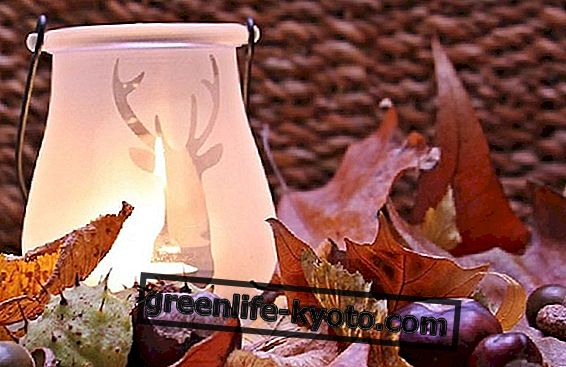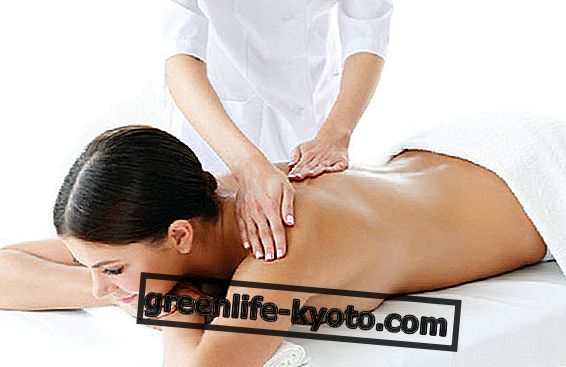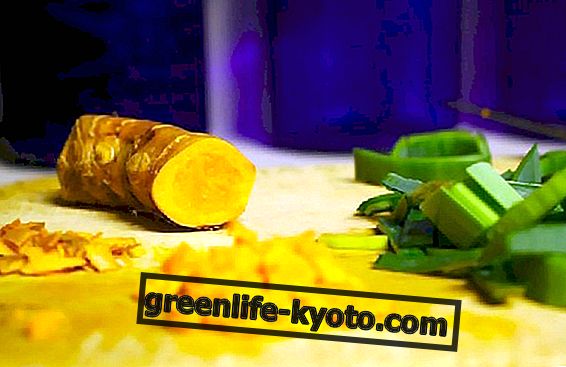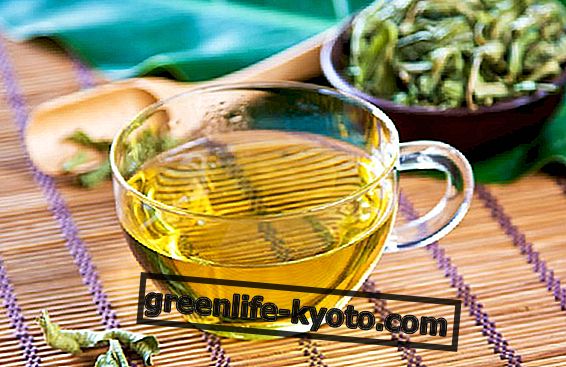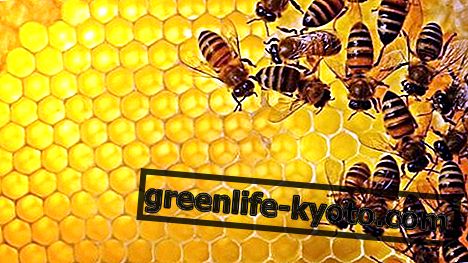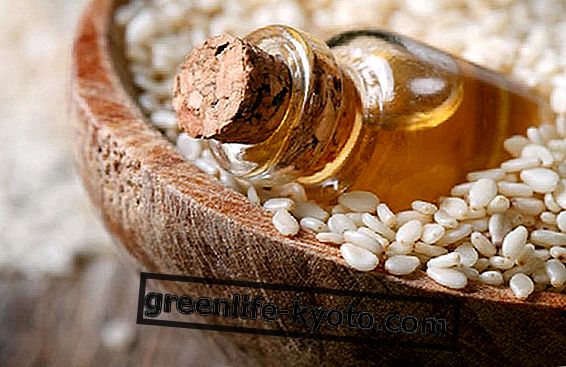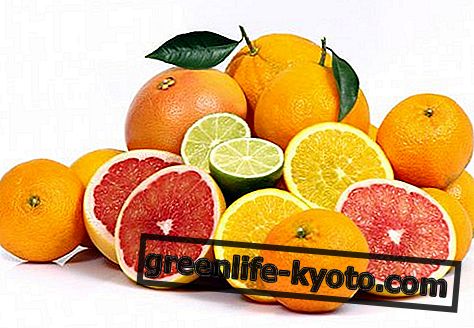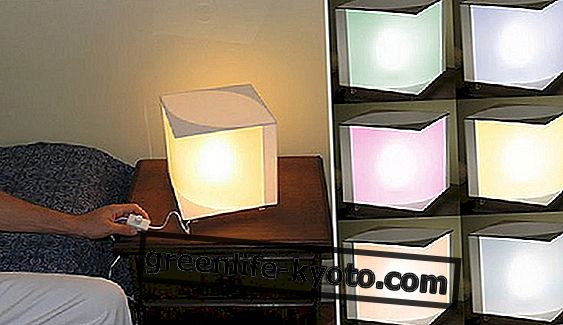
The well-being of color
Chromotherapy is a catalyst to stimulate the body's natural self-healing processes. It is a common experience that light influences, in some subjects more than in others, at least moods. Undeniably, light represents a sort of alarm clock inserted in the body. At the base of chromotherapy there is the conviction that certain colors can influence the body and mind of a subject, in order to restore and favor balance or even control some disorders.
But how does it work? This therapeutic method uses chromatic vibrations to restore an altered energy balance. Colored irradiation causes the absorption of electromagnetic waves with an oscillatory frequency, which varies from color to color, stimulating the vibratory resonance of the atoms contained in the cells.
In addition to this, chromotherapy turns out to be a faithful ally of interior design and interior design, interacting with objects that until recently "shone with their own light". Among these, the lamps of our house . There are now various types of chromotherapy lamps on the market that provide the subject with a wide spectrum of beneficial chromatic variations. Let's see better.
Chromotherapy lamps
The lamps for chromotherapy are both very suggestive furnishing objects and well-being sources for those who come into contact with the benefit of colors. Living the home with color therapy is a stimulating experience, ranging from the color of the walls to the chromotherapy in the shower.
Our common experience considers light in the white house or, at the most, yellow, whether it is intense or suffused. But there are millions of colors you can benefit from.
The models of chromotherapy lamps are many and, although they share the chromotherapy principles, they differ in shape, height, programming and, obviously, purchase price. They range from the "multicolor ball" bedside table to the spotlights for the bathtub and fountains; from the diffusion lamp to the column, from the spotlights to the colored LEDs, up to lamps for saunas and more refined environments (not really domestic).
The usable color spectrum ranges from 4 simple colors (red, yellow, green and blue) to 16 million colors and shades, adjustable via software or better with small and convenient remote controls. Often, if you have more than one lamp for chromotherapy, connections between the various parts of the house are activated. The relaxation of a room is assured by the blue, while the concentration is entrusted to the green. On the contrary, red and yellow give vigor and energy.
The cheapest models are chromotherapy lamps with fixed programming. An example is represented by the chromotherapeutic spotlights for the bathtub, whose price is around a few euros.
The most expensive chromotherapy lamp models instead reach the thousand euros. They are real design and furnishing objects, created with refined materials, which are characterized by the wide range of colors, the multi-functionality of the programming and the ease of interaction.


